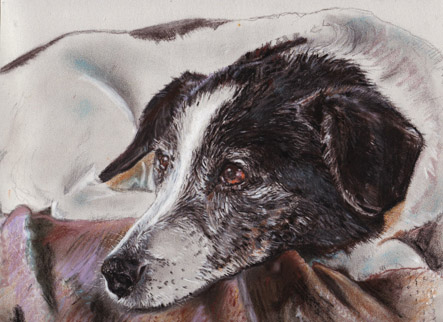Tips for taking great animal photo's
I have joined up with Caitlin Backhouse of True to You Photography
to share some great tips for taking photos that are ideal to create animal portraits from.
When taking a picture of your animal friends, do you consider your lighting and where it’s coming from?
Do you know which angles are best for that perfect photo? Or even about the rule of thirds?
There’s no rule book when it comes to taking a photograph, but there are some useful hints and tips that you should consider.
You also don’t need to own a big fancy DSLR, but if you have one, use it instead of a phone camera!
In this article we’ll look at:
- Lighting and the use of a flash.
- The best angles and shooting at eye level.
- The rule of thirds.
Lighting and the use of a flash
First things first, a flash is a huge NO NO! For the purposes of this article we’re striving to achieve a beautifully detailed image that shows off your pets’ colours. It’s always best to take photos with natural lighting as much as possible. Flashes reflect in the eyes of your pet and alter the colours in your pets’ fur.
Natural lighting creates a true representation of your pets’ colours and markings. It also doesn’t affect the detail around areas such as the eyes.
On an overcast day, you don’t need to worry about which direction the light is coming from because the clouds evenly distribute the light. All you need to do is make sure that you position your pet in an open space such as a field or your garden. Taking a photo in a location, such as the woods, on an overcast day can reduce the quality of your photo, because the overhanding trees reduce the amount of natural light reaching your pet. See below.
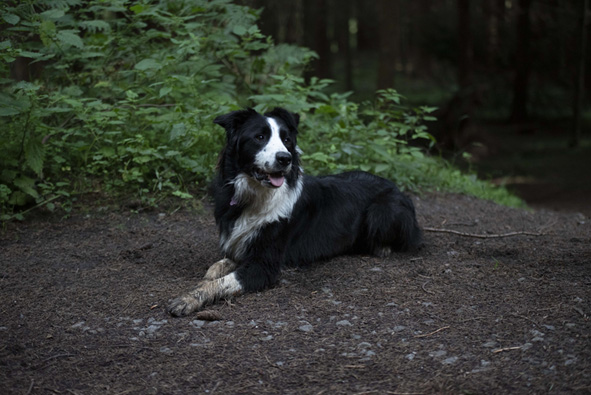
However, on a sunny day you probably want to hunt for a little shade. I find that taking photos in woodlands or on a rural path with some overhanging trees really helps bring out the colours in the photo. Bright sunlight can have similar affects to a flash by making whites extremely bright and blacks very dark. If you’re unable to find some suitable shade, it’s important to think about where the sun is positioned. If the sun is behind the subject, and therefore visible in the image, you’ll most likely end up with a photo that’s very bright or looks like it has a slight haze on it. This affects the colours and quality of the photo. It’s always best to position the sun behind you (the camera man/woman) or to one side but never have the sun visible in the photograph. See below.
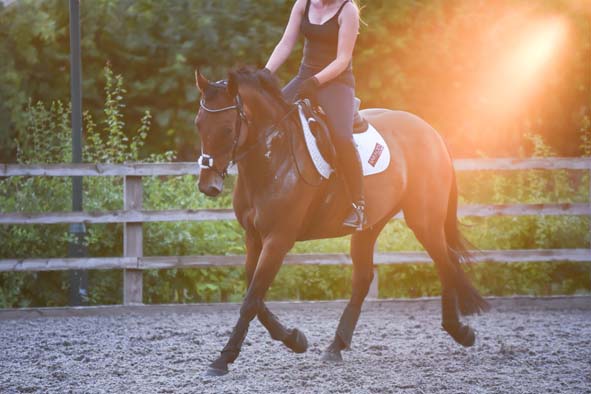
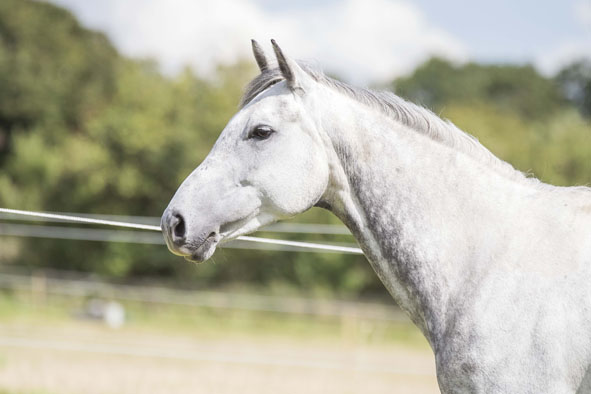
The best angles and shooting at eye level
The next point to consider when taking a photo is how to position yourself.
An example of a bad angle would be like this:
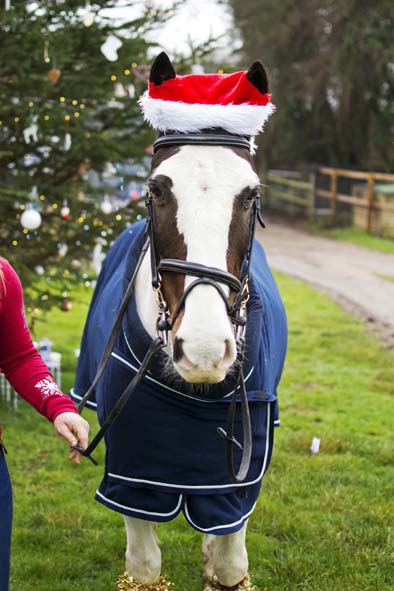
This photo has been taken from a front on point of view which makes your pet look 2 dimensional. This doesn’t show off your pets features and looks less appealing to the eye. Also, you can’t see much of the body behind their head making the photo mostly background and therefore not very well composed.
**(Also, whilst the festive hat is super cute, it is not ideal for me to draw a portrait when some of the most expressive features are hidden, so try and photograph your pet 'naked' - no costumes required!).**
This is an example of a better way to take a photo:
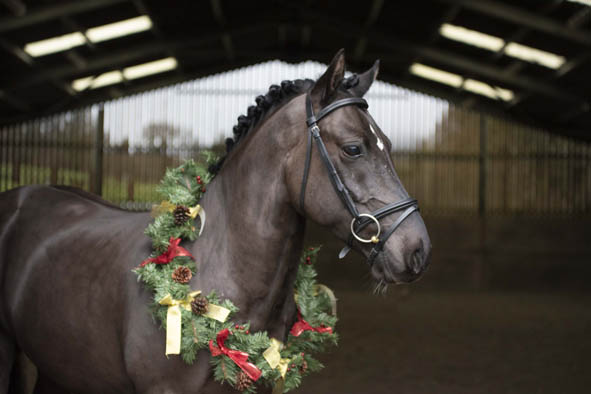
You can see more depth in the photo, due to the body being visible. It looks a lot more 3 dimensional as well, which makes the photo a lot more appealing and it shows a greater understanding of composition. This would be considered a good portrait photo.
Another thing to consider is shooting at eye level. This is more important when taking photos of smaller pets such as dogs, which I will use in my example. If you take a photo from a standing position of a dog, you will find that when they look up at you, their neck will disappear behind their head. Again, this causes a 2D affect, which is not ideal for a portrait photo – it looks a little abstract.
If you took a photo whilst crouching down, at the same level as the dog being photographed, you can achieve a greater depth in the photo making it look more 3D. Your dog will also not look abstract because they’ll be looking and standing normally, plus it also allows you to take a great number of photos from different angles.
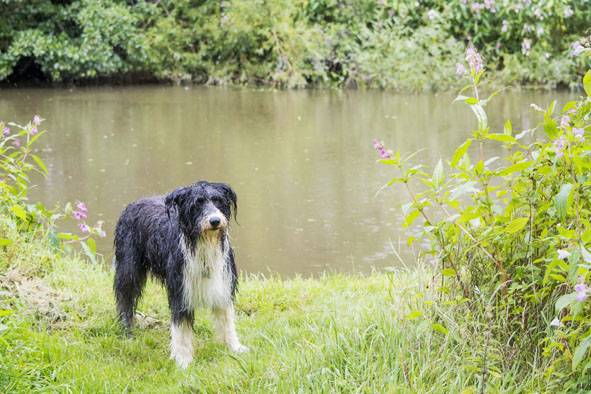
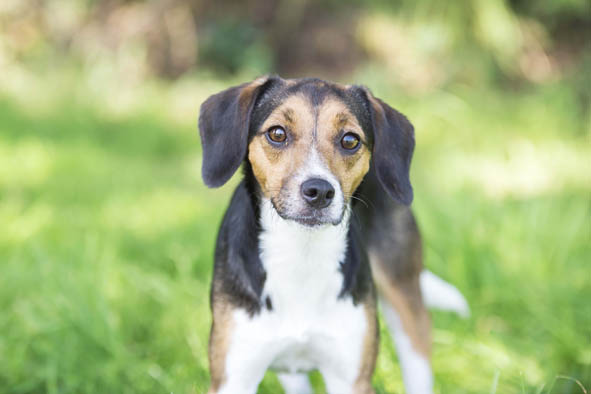
What is 'The rule of thirds'?
This is one of the most well-known rules within photography to help you compose a well-balanced and interesting photo. It’s something that I think of when trying to create a great portrait and it’s worth learning. However, you don’t need to follow the rule of thirds all the time – it’s not the only technique that creates beautiful photos.
So what is the rule of thirds? The basic principle behind the rule of thirds is to imagine breaking an image down into thirds (both horizontally and vertically) so that you have nine parts.
You can see four intersection points where the lines cross. These points should be where you frame your points of interest. Studies have shown that when viewing images, people’s eyes usually go to one of the intersection points most naturally rather than the centre of the shot – using the rule of thirds works with this natural way of viewing an image rather than working against it. You should imagine the rule of thirds in your mind when looking through the viewfinder or, on some cameras, you can choose a setting that will show the rule of thirds grid when looking through the LCD screen. I often place the animal on the right-hand side and aim to have one of the intersecting points either on the eye or the centre of the animal’s head. Here are a few examples of the rule of thirds on top of some of my portrait photos.
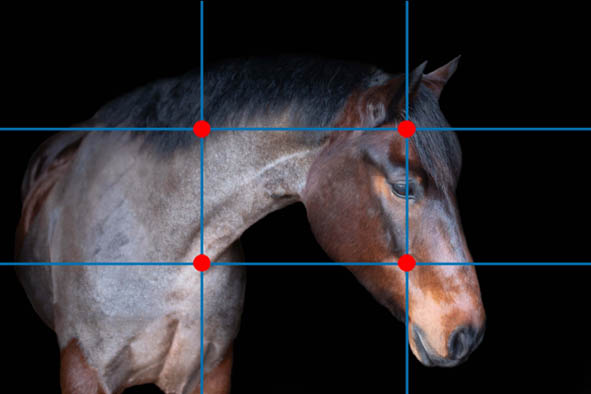
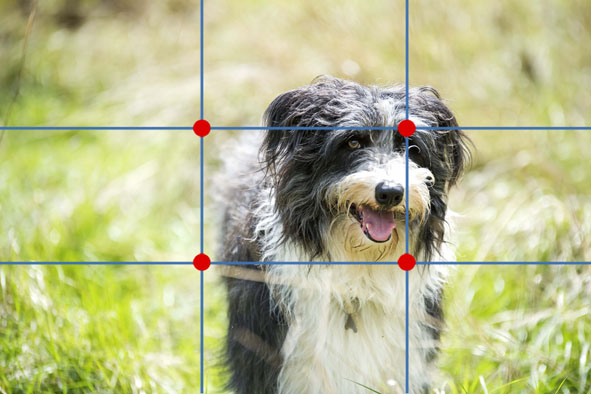
I hope my quick overview of hints and tips to consider when taking a pet portrait photograph will help you capture beautifully composed photos in the future. It’s a great talent to master and will 100% gain you more likes for your pet photos when you share them with your friends and family.
If you’re looking to have Georgina Leigh draw or paint your beloved pet and want to have a selection of beautiful photos to treasure and submit for your artwork, please get in touch with me at True To You Photography to find out more about my photoshoots.
Happy Snapping,
Caitlin Backhouse
Below is an example of how a fantastic photograph can be used to create an original oil painting (A) or a pastel drawing (B) by Georgina Leigh:









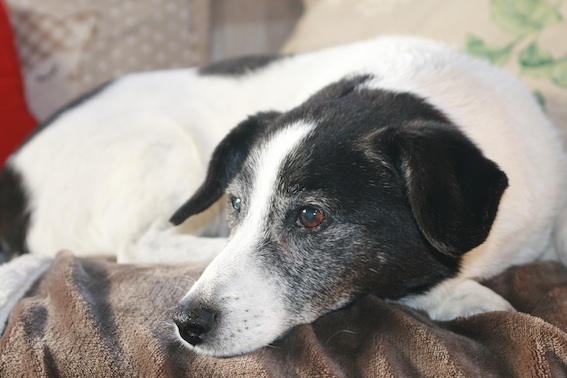 A.
A. 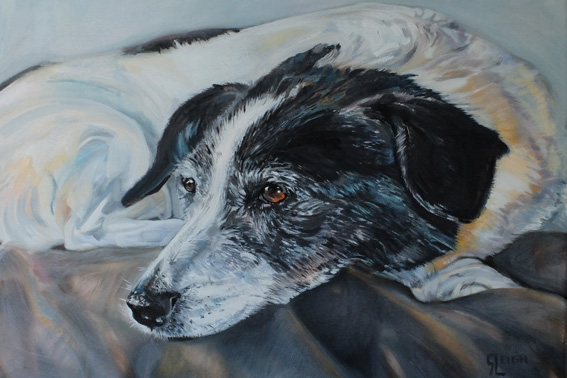 B.
B. 